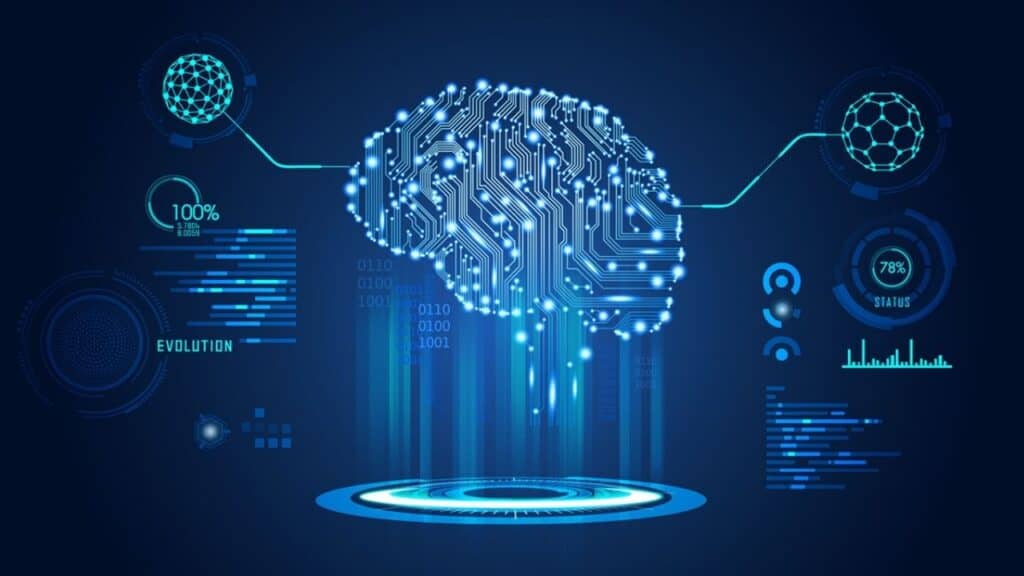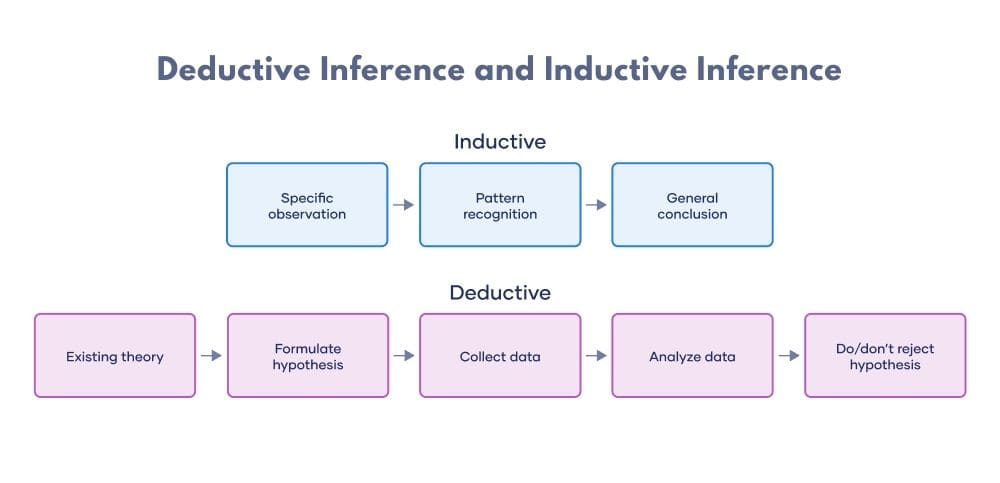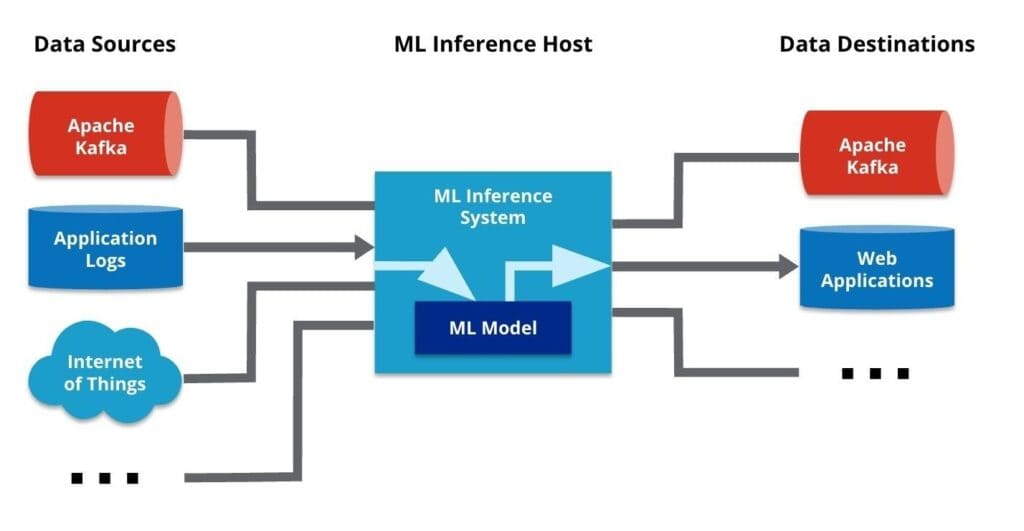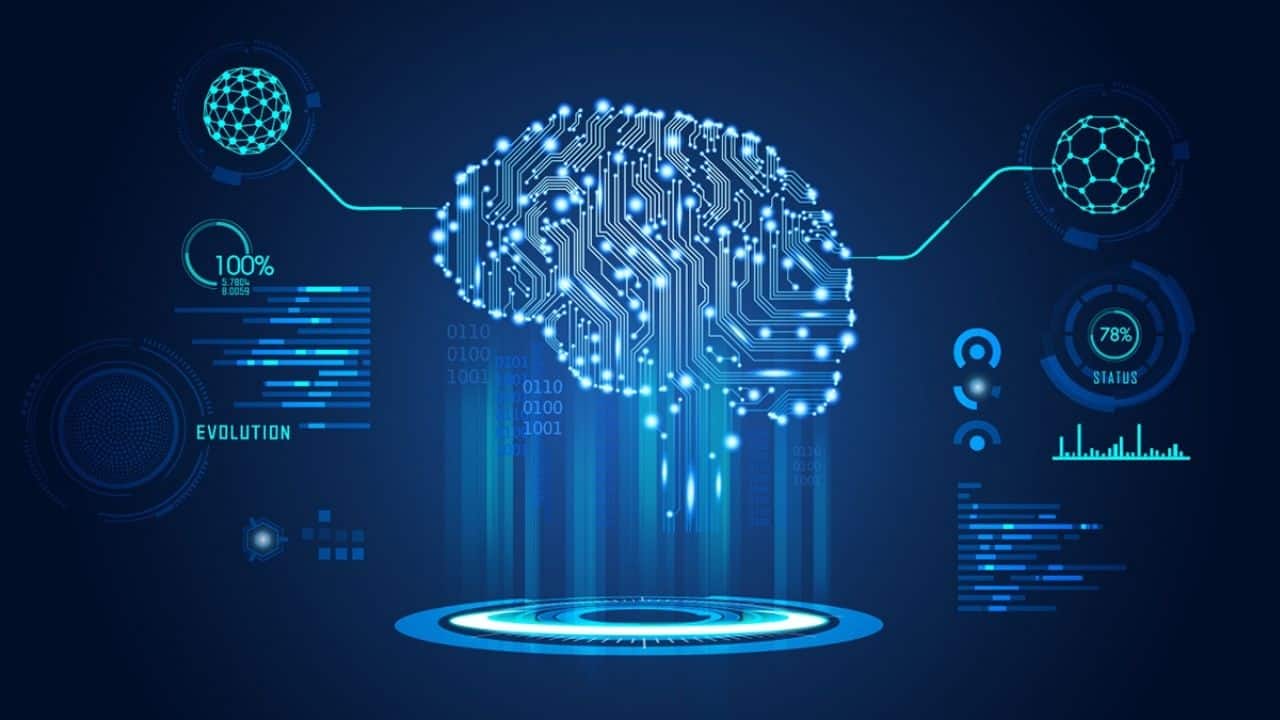AI Inference is one of the most crucial components of artificial intelligence. This process helps machines generate useful and relevant conclusions and assist in decision-making by utilizing existing data and information.

Nowadays, AI Inference is highly applied and utilized by machines for generating maximum reliability, privacy, energy efficiency, and more.
In this article, we will take an in-depth look at Artificial Intelligence inference, Inference in AI examples, types of inference in AI, and much more. So, let’s begin.
What is AI Inference?
AI Inference is a process of reasoning and drawing conclusions based on existing data and information. In simple words, AI Inference can be described as the process of concluding various facts and figures through available data to reach a particular decision.
In Artificial Intelligence, the Inference task is performed with the help of the “Inference Engine” where essential information and facts are present in the knowledge base which is later evaluated and analyzed based on the situation to generate conclusions based on which further processing and decision-making takes place.
AI Inference is categorized into two types: Deductive Inference and Inductive Inference.

The Deductive Inference includes reasoning generated through general principles to particular conclusions. Deductive Inference is widely used in Mathematics, programming, and formal logic.
Meanwhile, Inductive Inference includes general principles or rules depending on specific observations or data. Inductive Inference operates from specific to general and is utilized for research, machine learning, and everyday decision-making purposes.
Inference is considered a crucial process in AI and is utilized in numerous applications such as Natural language processing, Computer vision, Robotics, and Expert systems for analyzation of information and decision-making processes.
How does AI Inference Work?

AI Inference works through the “Inference Engine” which applies logical and suitable rules to the knowledge base for the evaluation and analysis of new information. The process of machine learning consists of two phases.
The first phase is where intelligence is generated by storing, labeling, and recording data and information.
For example, you are training a machine to identify motorcycles, therefore, you will feed the machine-learning algorithm with a wide range of images and information about numerous motorcycles, which the machine can utilize for reference.
The second phase includes the process of machines utilizing intelligence stored and gathered in the first phase to understand the new data. In this phase, the machine utilizes Inference to identify and categorize the new images of “motorcycles” even without seeing them before.
The inference learning process can be utilized to augment human decision-making in more complex or advanced scenarios.
What are the rules of inference in AI?
Inference in AI consists of various templates that are used for creating valid arguments. These templates are referred to as “Inference Rules” which are used to create proofs, which can lead to an intended outcome.

So, let’s take a look at some of the Inference rules in Artificial Intelligence.
1. Modus Ponens
The first type of rule of Inference in AI is the “Modus Ponens,” which is considered one of the most crucial laws in Inference. According to this rule, if P and P → Q are both true, then Q can be true as well.
Notation: ((P→Q)∧P)⇒Q
Here’s an example of Modus Ponens:
“If I am sleepy then I go to bed” ==> P → Q
“I am sleepy” ==> P”
“I go to bed.” ==> Q.
Therefore, we can say that, if P → Q is true and P is true then Q will be true.
2. Modus Tollens
According to Modus Tollens rule, P→ Q is true and ¬ Q is true, then it is implemented that ¬ P will also be true as well.
Notation: ((P→Q)∧∼Q)⇒ ∼P
Here’s an example of Modus Tollens:
“If I am sleepy then I go to bed” ==> P→ Q
“I do not go to the bed.”==> ~Q
Thus, it implies that “I am not sleepy” => ~P
3. Hypothetical Syllogism
Hypothetical Syllogism rule suggests that P implies Q and Q implies R, therefore, P can be implied as R.
Notation: ((P→Q)∧(Q→R))⇒ (P→R)
Here’s an example of Hypothetical Syllogism:
If you have my home key then you can unlock my home. P→Q
If you can unlock my home then you can take my money. Q→R
Therefore, if you have my home key then you can take my money. P→R
4. Disjunctive Syllogism
According to the Disjunctive Syllogism rule, if P∨Q is considered true, and ¬P is true then Q will be true as well.
Notation: ((P∨Q)∧∼P)⇒ Q
Here’s an example of Disjunctive Syllogism:
Today is Tuesday or Wednesday. ==>P∨Q
Today is not Tuesday. ==> ¬P
Conclusion: Today is Wednesday. ==> Q
5. Addition
The Addition rule suggests that if P is true, then P or Q can also be considered as true.
Notation: P⇒ (P∨Q)
Here’s an example of Addition rule:
I have strawberry ice cream. ==> P
I have vanilla ice cream.
Conclusion: I have strawberry or vanilla ice-cream. ==> (P∨Q)
6. Simplification
The Simplification rule suggests that if P∧ Q is true, then Q or P will also be considered as true.
Notation: (P∧Q)⇒ P
Here’s an example of Simplification rule:
It is raining and the streets are wet (P∧Q)
Thus, it is raining (P)
7. Resolution
According to the Resolution rule, if P∨Q and ¬ P∧R is true, it follows that Q∨R is also true.
Notation: ((P∨Q)∧(∼P∨R))⇒ (Q∨R)
Here’s an example of Resolution rule:
It is raining or the streets are wet (P∨Q)
It is not raining or roads are slippery (~P∨R)
Conclusion: Streets are wet or roads are slippery (Q∨R)
Artificial Intelligence Inference Examples
In AI, inference plays a vital role and is applied across various fields like Natural Language Processing, Computer Vision, and Robotics.
It is instrumental in analyzing information and facilitating the decision-making processes in these applications. Artificial intelligence inference examples are as follows:
- Natural language process (NLP): In the Natural language process, AI Inference is utilized to understand the meaning behind a sentence based on the provided context and previous knowledge.
- Computer vision: In computer vision, the inference process is employed to recognize objects from an image based on various features and patterns.
- Robotics: Robotics access inference to plan and execute actions based on the perception of the environment.
AI Inference Vs Training
AI Inference and Training are different but interconnected processes in the machine learning process. The process of machine learning consists of two phases: Training and Inference.
The training phase includes the developers providing a large set of data to their model, to ensure the model can “learn” everything.
The Inference phase is where the model is working towards analyzing the data and generating useful predictions with the help of the existing data fed during the training process to generate useful results.
Both AI Inference and Training processes are interconnected and highly dependable since deep learning needs to be first trained using datasets, to make predictions or decisions during the Inference process.
What is the Goal of Inference in Artificial Intelligence?
The goal of Inference in Artificial Intelligence is to produce useful conclusions, predictions, and decisions based on facts, information, and evidence.
To achieve this goal of inference in AI, it utilizes a process called “Inference Engine.” Where vital information and data are present in the knowledge base, through which the information is evaluated and analyzed to create predictions and decisions based on the situation.
Various AI Applications such as natural language processing, expert systems, machine learning, and more utilize this process for making predictions, problem-solving, decision-making, and concluding.
